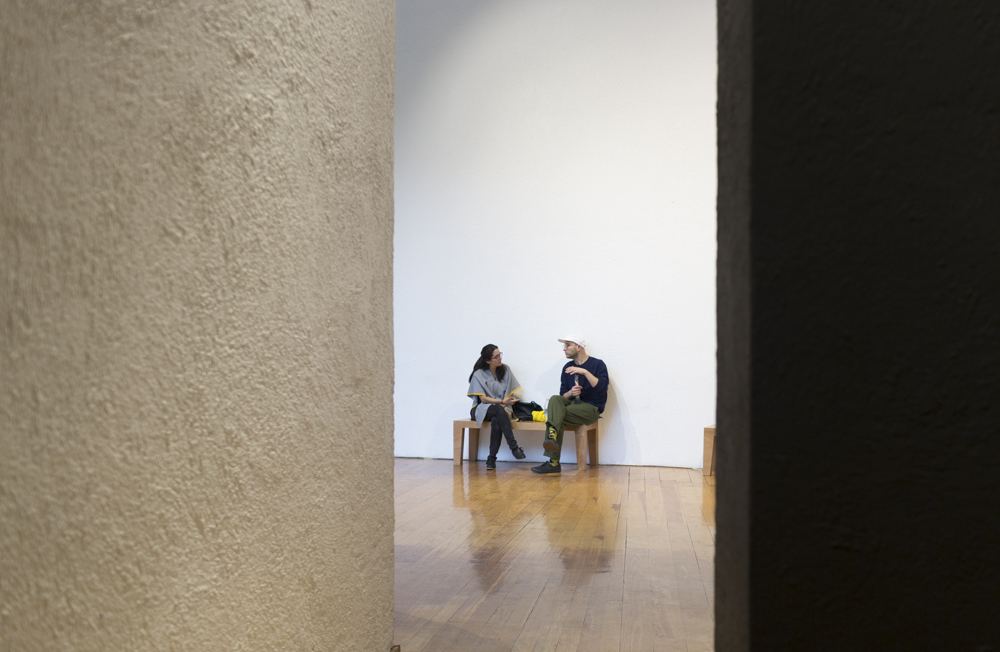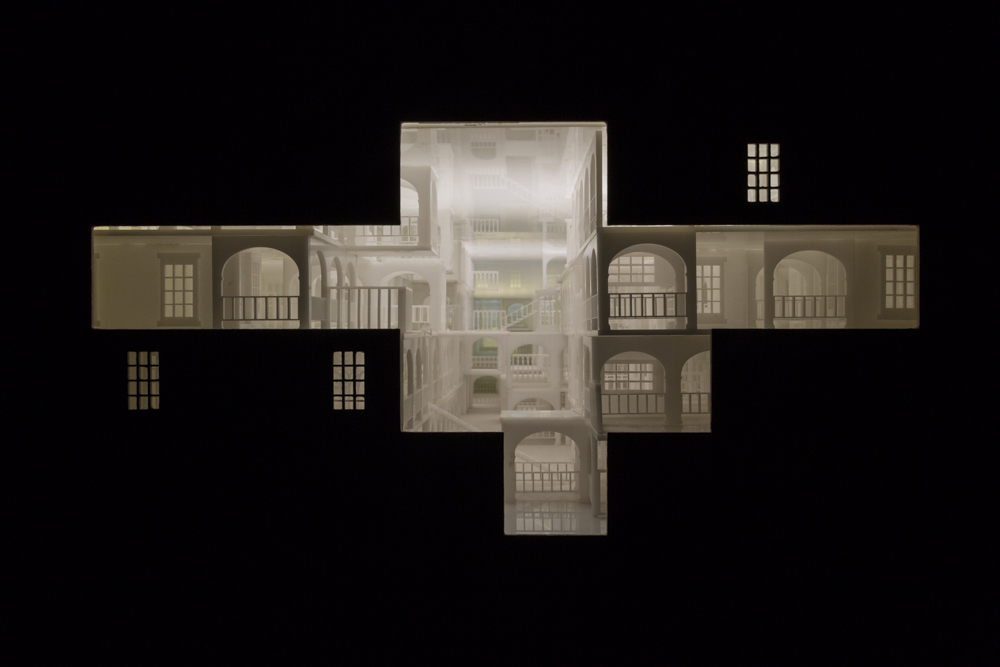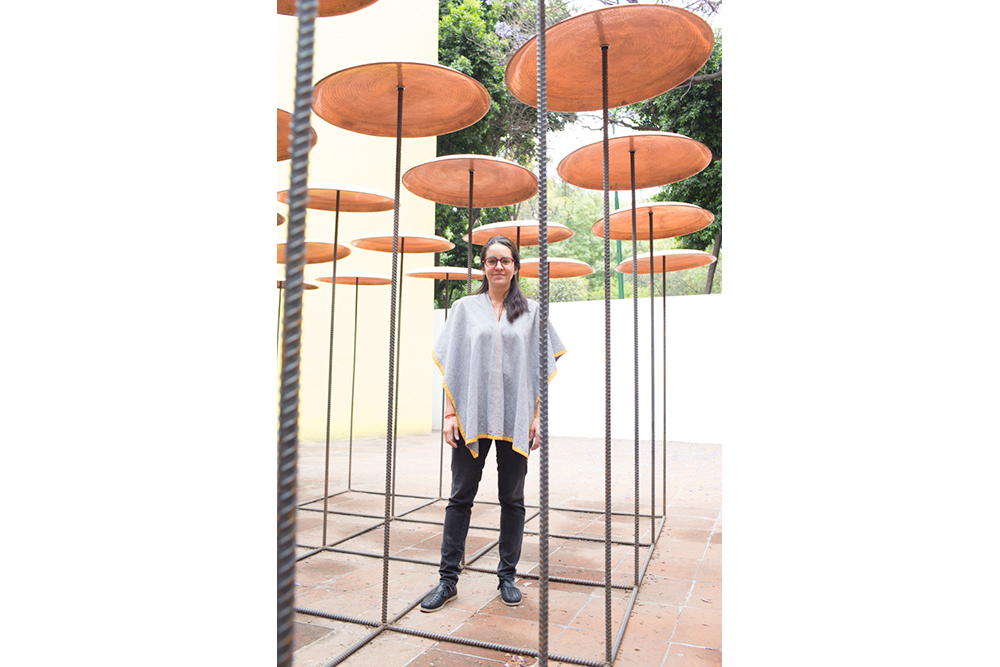Kale, Cabbage, Tahini and Tamari Dressing
Paola Santoscoy’s Sesame Kale Salad
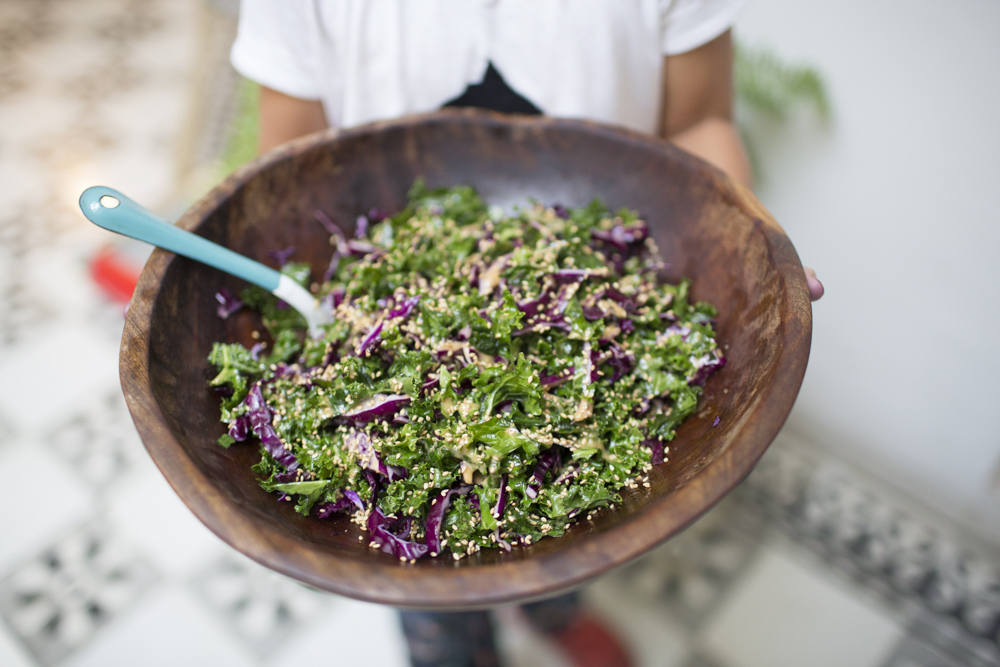
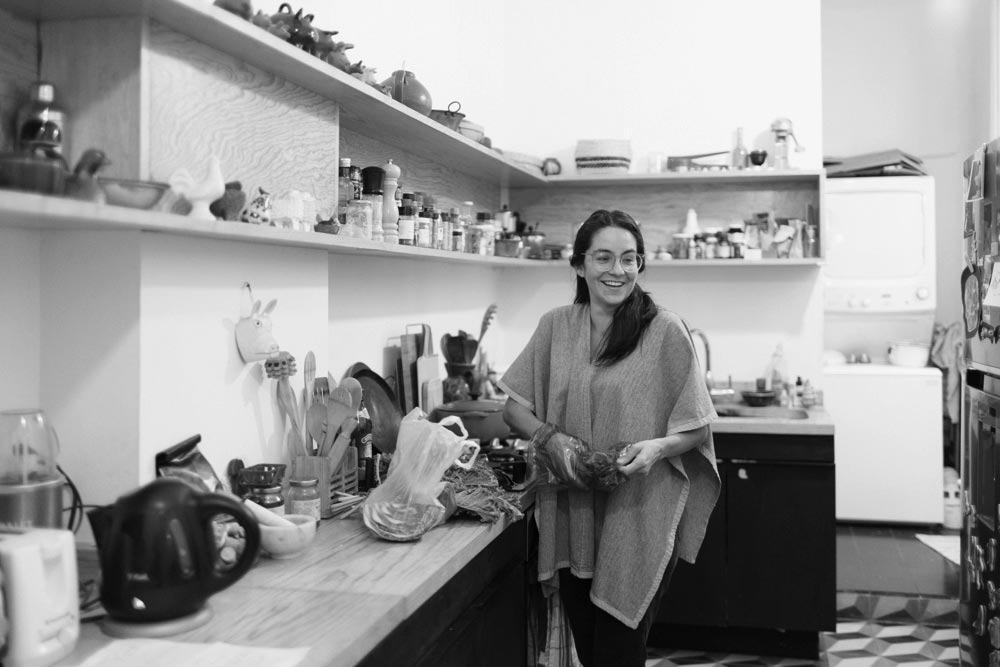
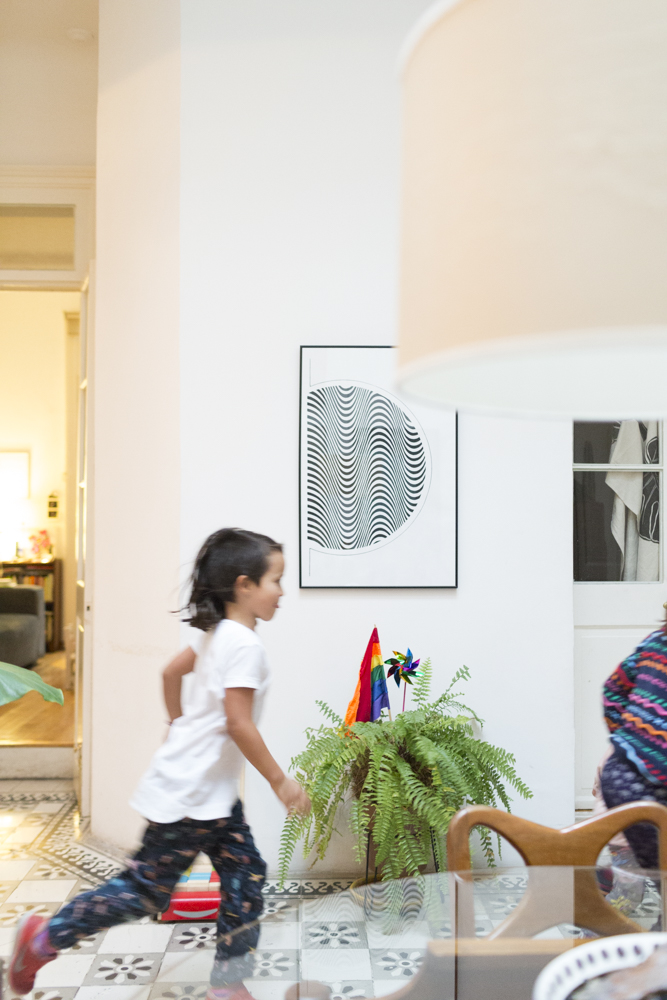
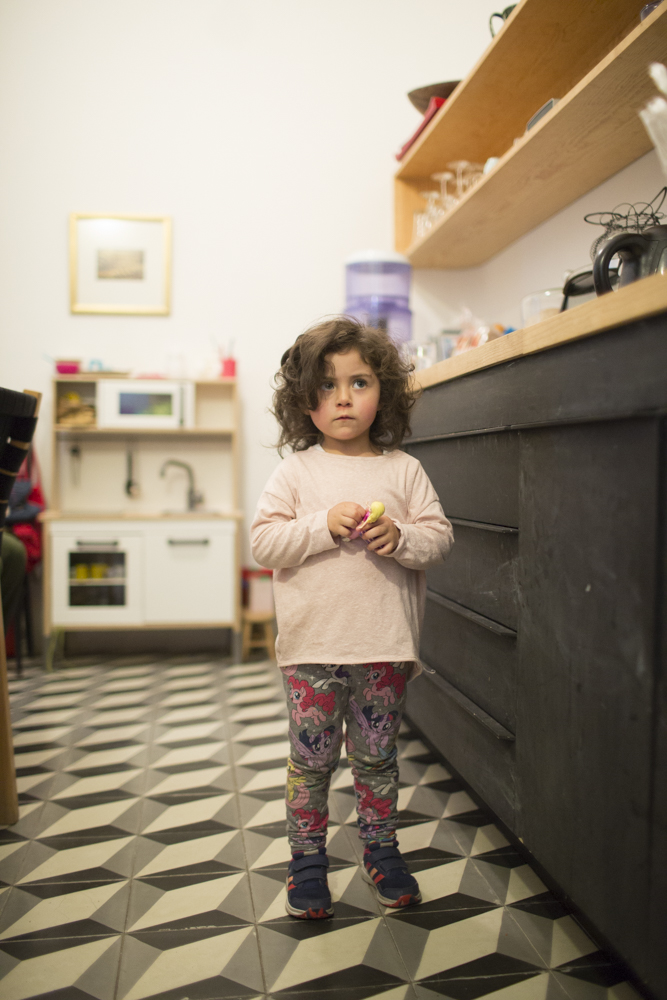
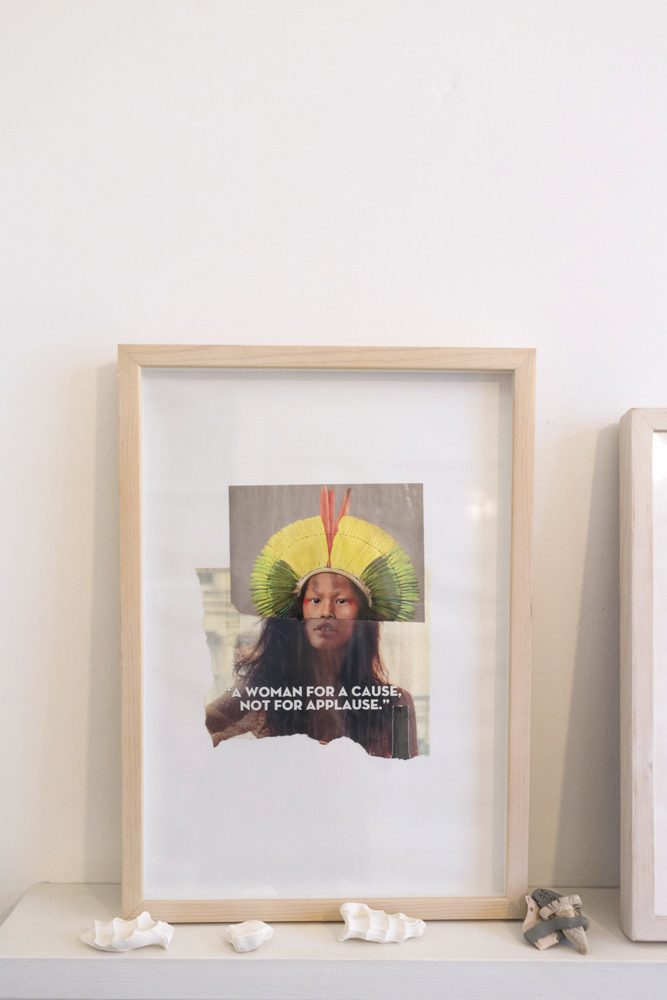
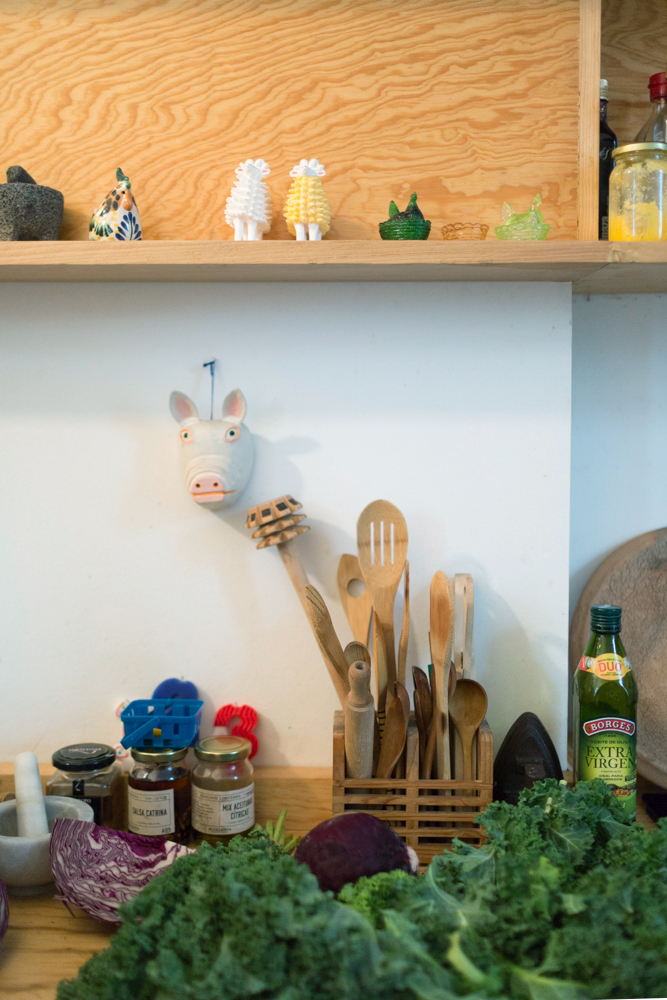
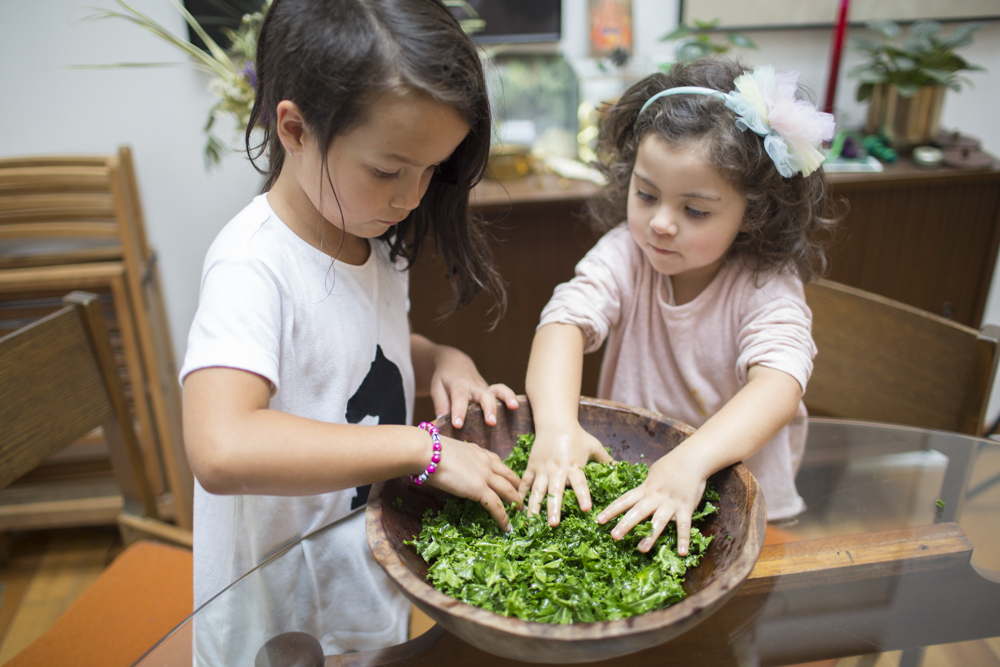
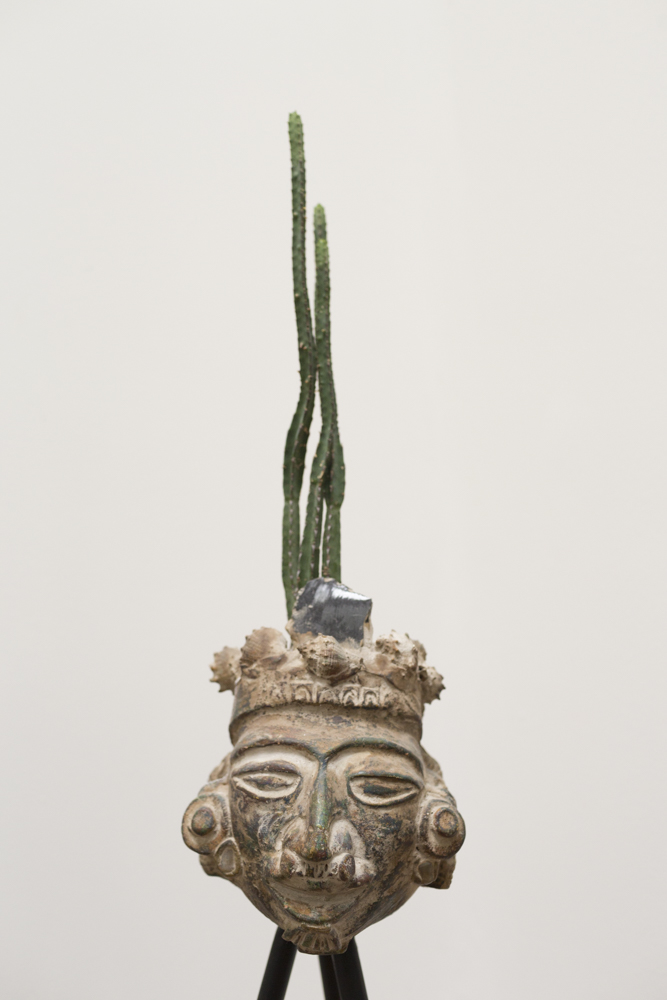


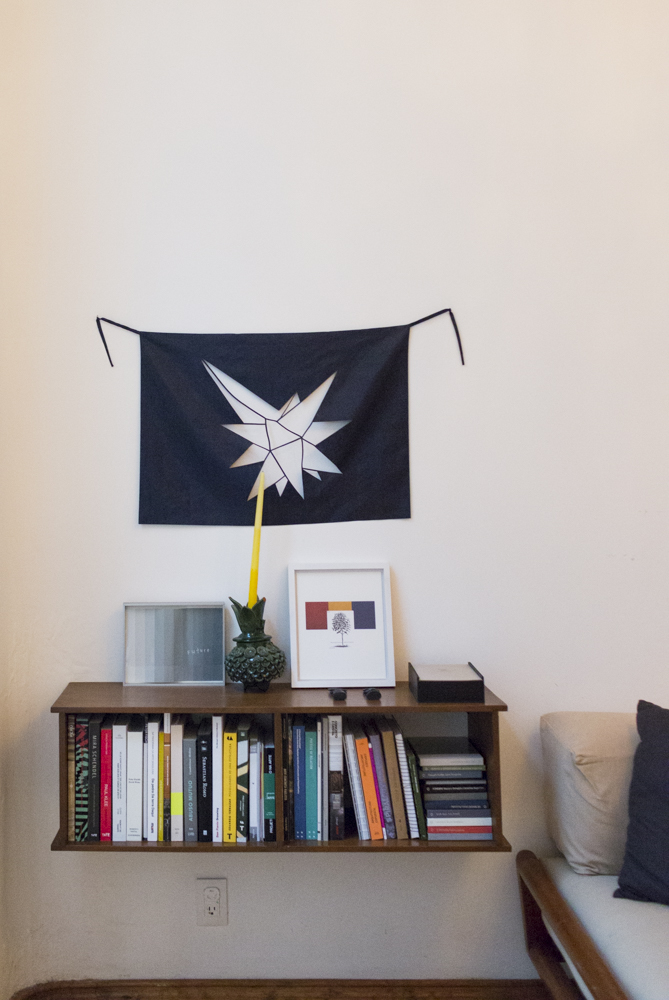
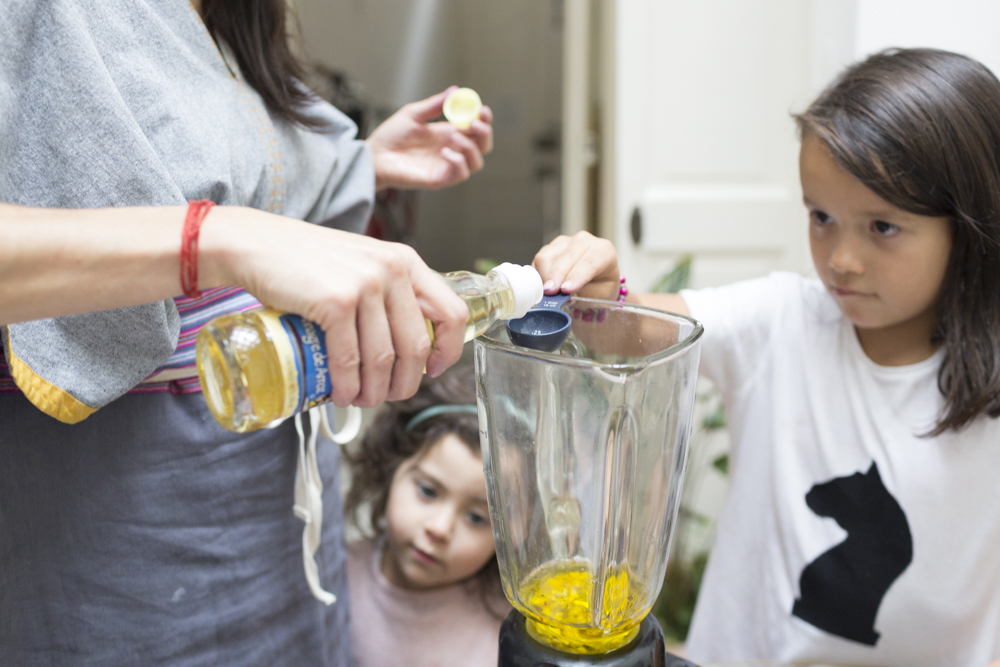
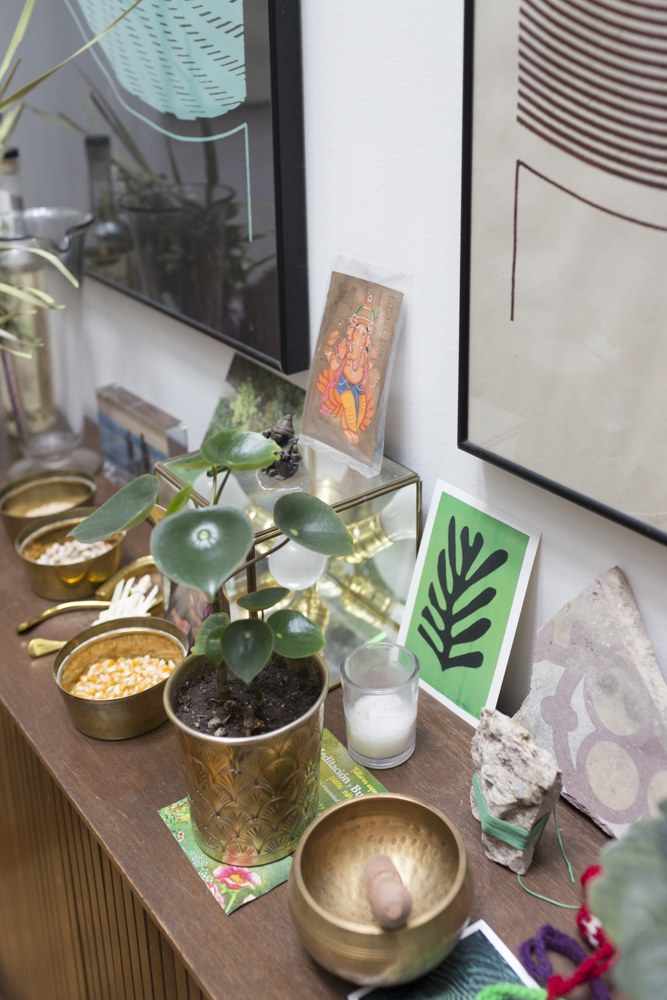
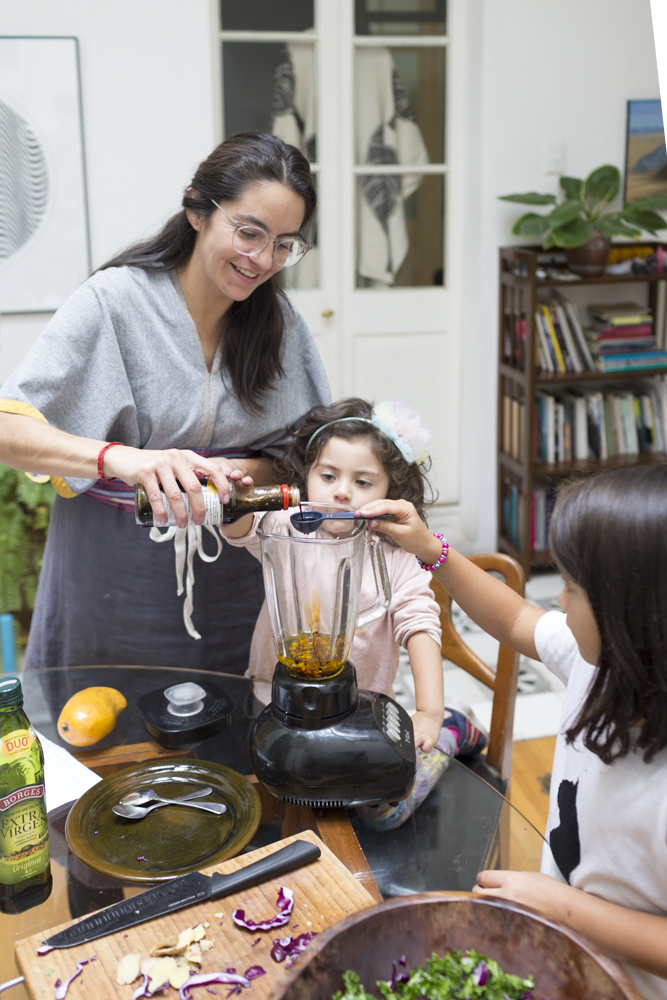
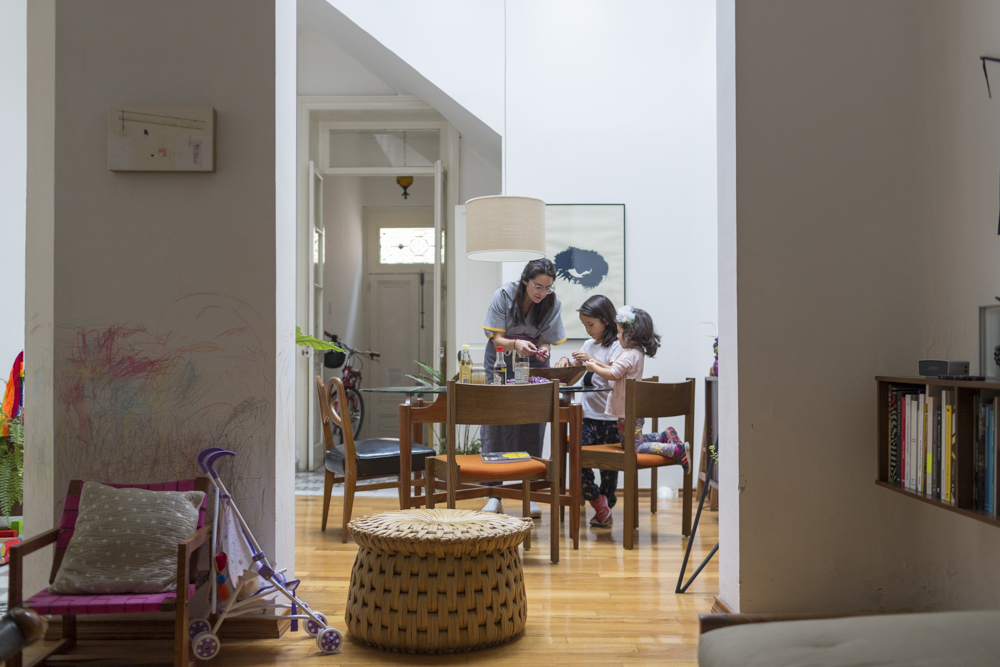
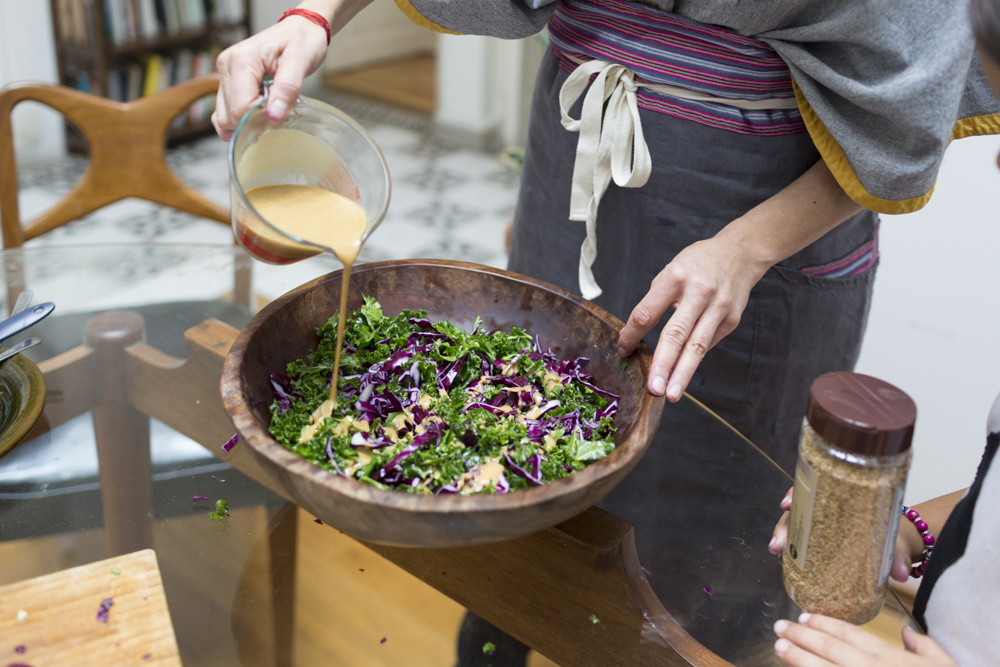
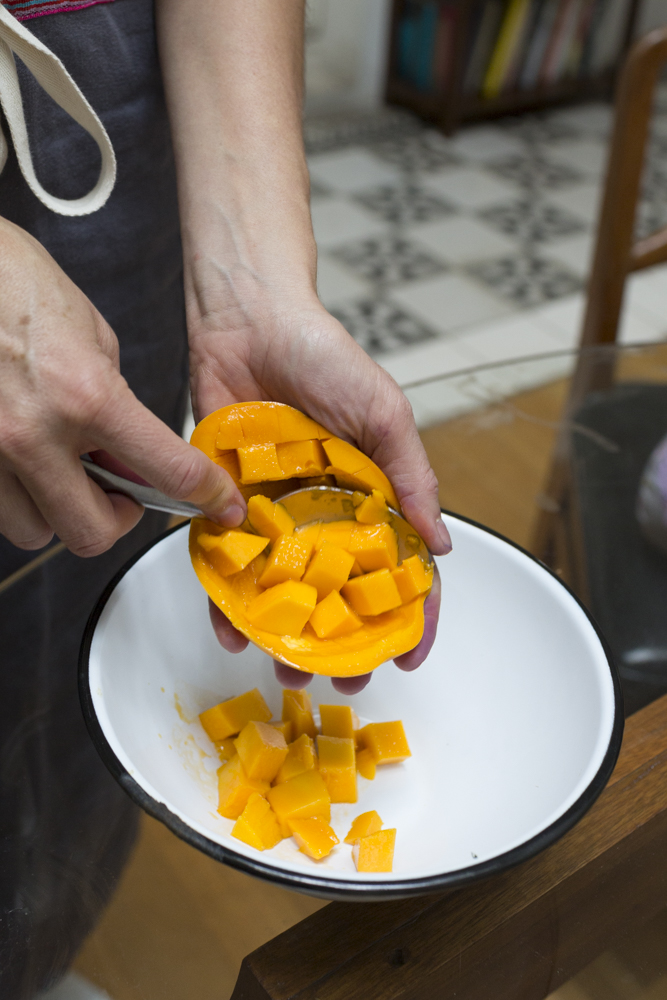
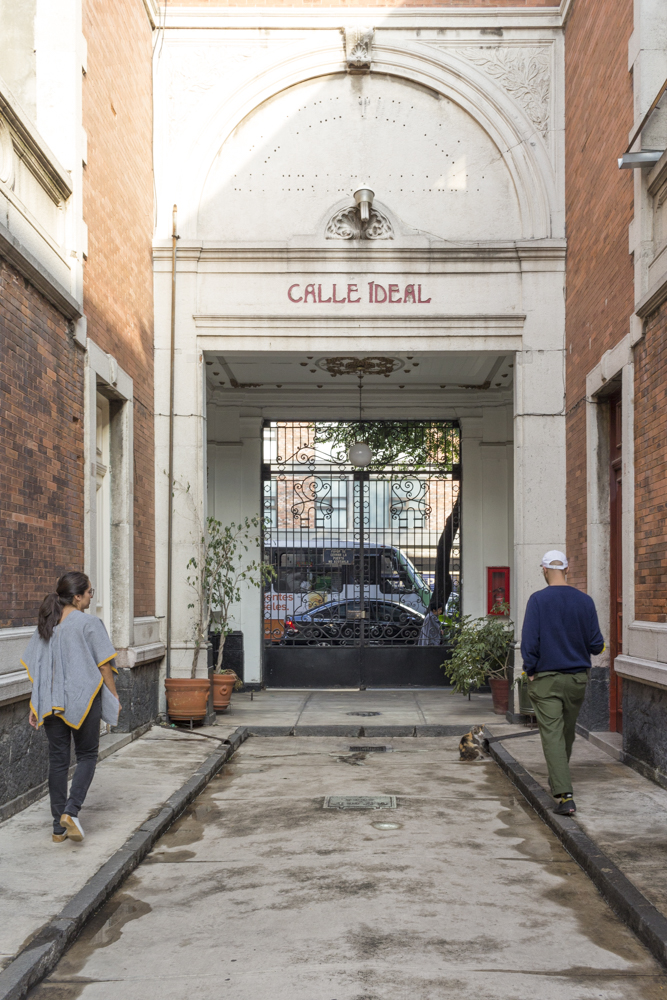
POSTED UNDER
- mexico,
- Mexico City,
- VEGETARIAN
NOTES
This is the perfect creamy, salty and sweet dressing for hearty greens, like kale. Add fried shallots or green onion to jazz it up.
RECIPE
DIFFICULTY
EASY
SERVES
4
PREP TIME
10 MINS
Salad
-
1bunchlacinato kale, de-stemmed
-
1tbsolive oil
-
1pinchkosher salt
-
1/2smallpurple cabbage
-
toasted sesame seeds to taste
Dressing
-
1inchfresh ginger root
-
5tbsolive oil
-
1/4cuptoasted sesame oil
-
3tbstamari
-
3tbsrice wine vinegar
-
1tbshoney
-
2tsptahini
POSTED UNDER
- mexico,
- Mexico City,
- VEGETARIAN
We meet Paola Santoscoy at the Museo Experimental El Eco, Mexico City’s gem of an institution where she has been the director for 7 years. Paola is a Mexico City native, and while she was part of the zeitgeist of artists and curators who put this city on the International map for contemporary art throughout the 2000s, her roles as an academic and a curator have since taken her around the world. She studied at CCA in San Francisco on a Fulbright grant, and in 2010 she found herself in Boulder Colorado, where she was given the mission to curate the first Biennial of The Americas in just 5 months. As she tells me this, my heartbeat quickens, but Santoscoy assuages, “I’m Mexican, we like a challenge.” Following the success of that exhibition, she was invited to serve as the adjunct curator of the 8th Mercosur Biennial in Porto Alegre, Brazil. But Santoscoy always knew she would return to her hometown, where the energy of the art world continues to flow. The building we are standing in is a case in point, a project by beloved German-Mexican artist, Mathias Goeritz, built in 1952.
Goeritz was a conceptual artist whose strident public works of art hover somewhere between sculpture and architecture. The Museo Experimental el Eco was his first commission to design an entire building, a museum without a collection, intended to function more as an interdisciplinary project space than an institutional coffer of priceless works of art.
We enter through a funnel of an entryway, with a towering ceiling and walls that squeeze us into a double height gallery that opens onto a courtyard. A series of copper canopies bobble on thin poles of rebar throughout, an installation by TO architecture studio, who worked with traditional Mexican copper artisans to create this minimalist Alice in Wonderland effect. The work is framed by a striking, freestanding yellow wall that looms on a diagonal in the corner, reminiscent of the bold use of color typical of Mexican Modernist architect Luis Barragán, with whom Goeritz once collaborated.
Inside, we come to the heart of the building: the bar, a storied nook that continues to serve the community. Shortly after the museum opened, its founder and patron suddenly passed away, and Goeritz stepped away from the project. In the face of crippling financial strain, the museum was converted into a restaurant, and then a bar. But it wasn’t just any bar — it was one of the first gay bars in Mexico in the late ’50s, and an extremely popular bar at that.
In 2004, UNAM bought the building and restored it back to its original, sculptural form, and put the bar back where it was originally stationed. Paola tells me, “At least once every few months, we invite someone new to be the host, curate the guest list, the cocktail menu, and the music.” It’s part of the spirit of the place, a total work of art from the architecture to the programming. It’s Paola’s job and her team to honor the history and intention of this place, while constantly pushing the role of an experimental museum at this moment in time. The bar has always been, and continues to be, an excellent way to lure the public inside, to offer something unexpected, and to generate a conversation.
Leaving the museum, we head to Paola’s home, and it’s filled with giggles. Her apartment is one in a long series of flats that run the length of a lush courtyard, and it seems her 3 year old daughter, Lena, is holding court for half the residents under the age of 8. They are eager to help with the salad, a recipe shared with Paola by Dave Ellison, a friend who lives in Singapore. “Every morning he texts me photos of what he made for dinner, and I try and figure out what it is. Most of the time I have no clue, since I am much less familiar with Asian ingredients. But he is an amazing cook, and most of our communication is about food.” She shows me their text history, and it is indeed an encyclopedia of sumptuous Asian fare (there are hundreds of meals cataloged in their exchange). We set Lena and her friends at the dining table, and give them a very American lesson in massaging kale, while Paola follows her recipe to a T. We eat off plates made by our friend, chef/artist Norma Listman, something she created for the anniversary party for El Eco. We slice a juicy, neon orange Ataulfo mango and eat them on the side.
